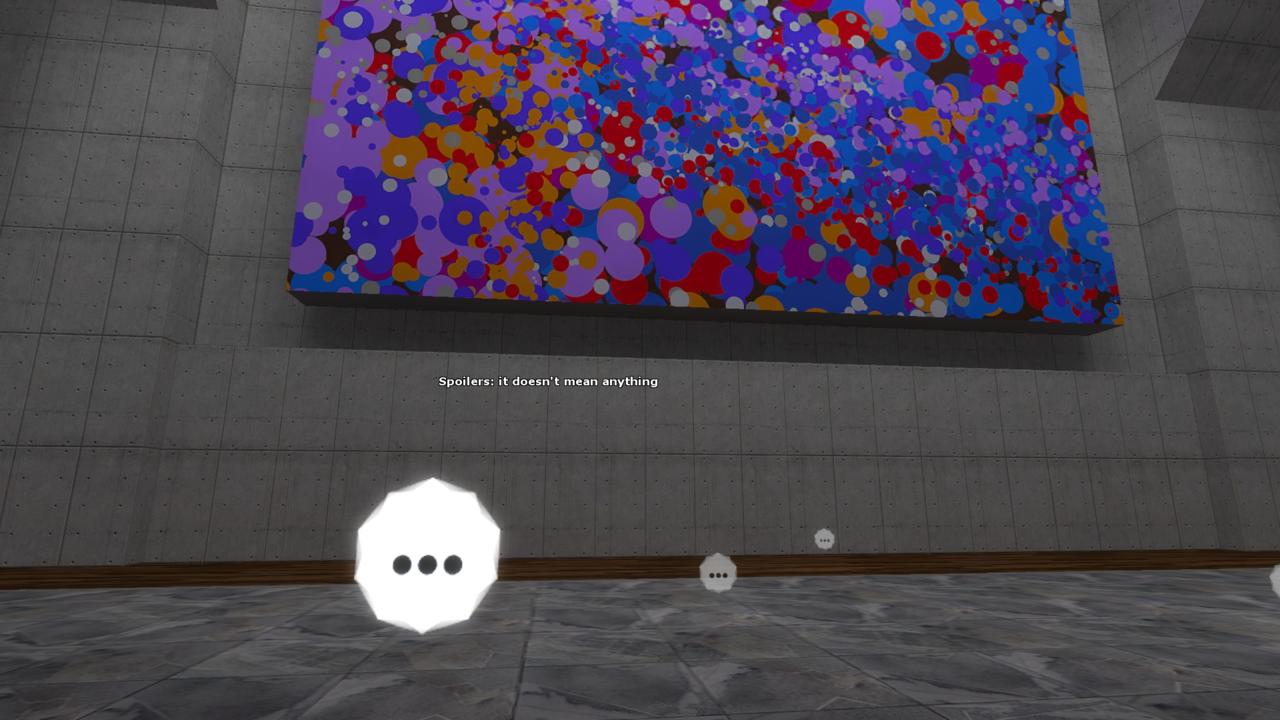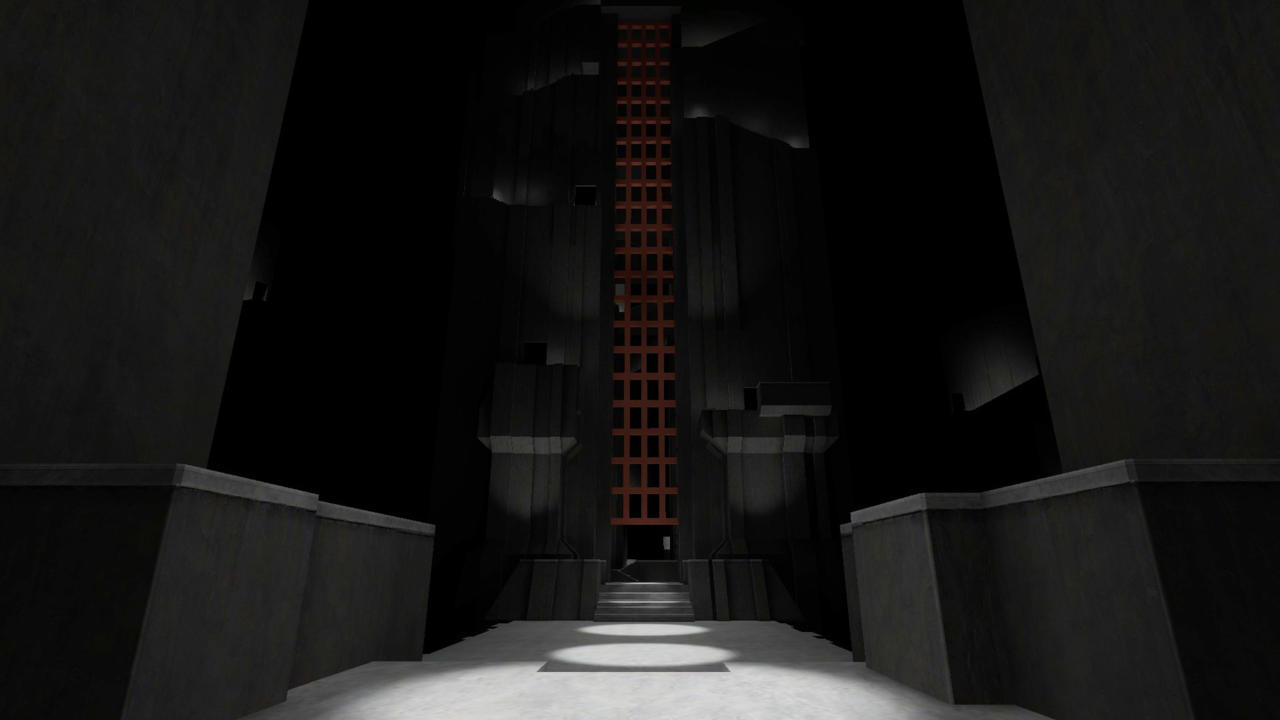What is a game? Why do games exist? How should you approach them? How should you perceive and engage with the games you play?
These are some of the questions posed to you in The Beginner’s Guide, a narrative-focused game by Davey Wreden, known for creating The Stanley Parable. Wreden himself is a key part of The Beginner’s Guide. He's the narrator, directly addressing and guiding you through a curated collection of unreleased games, developed by an individual known as Coda. While doing so, he shares personal anecdotes regarding his relationship to the games and their creator.

On a basic level, The Beginner’s Guide is an interesting insight into the process of video game development. Wreden obviously admires Coda’s work, and is excited to show off the various games and game prototypes, exhibiting how Coda’s skills as a game maker have evolved over time. Beginning with a small desert-themed Counter-Strike map and continuing through to large oppressive labyrinths, you see the results of Coda learning how to build new environments, develop new mechanics, and create new art. At times, Wreden rapidly teleports you through multiple prototypes to show Coda’s numerous attempts to interpret a specific theme in video game form, as if quickly switching television channels. Watching Coda’s skills and ideas improve and become increasingly more confident over a period of time is, in itself, fascinating.
The story moves at a brisk, but thoughtful pace. Wreden’s voice-over is sincere throughout, and it creates a personality you can genuinely connect to. Even though Wreden is constantly keen to point out significant details and recurring motifs, he sometimes pauses, waiting for you to discover unique elements of Coda’s games for yourself, before verbally chiming in with excitement. Wreden is that friend watching you play a game he loves over your shoulder, waiting for your reactions, sharing your enjoyment. He’s the kind of friend who can’t wait to see you at work the next day, so you can obsess over theories about the meaning of something you both saw.
There’s more to it, though. Wreden uses The Beginner’s Guide to present questions concerning universal game theory and design. When you play a game, should you consider the creator’s intentions in regards to particular design choices? Or should a game speak for itself, leaving you to form your own interpretation?

Wreden seems to believe that games can be a window into the mind of their creator and that by exploring their work, you can find meaning, develop insight into their personality, and form a connection with them. Wreden wants to share Coda’s games with you, but also share his thoughts about what their design says about Coda as a person. The questions Wreden raises, the way he unravels his own thoughts on the matter, and his attempt to understand and connect with Coda through these games is the focal point of the game’s intriguing, overarching narrative.
He has a few neat tricks, too. Wreden is the omnipresent game developer, and uses his own programming abilities to alter Coda’s games to assist in the inquisitive adventure. Impossible puzzles and impassable terrain are negated, allowing you to move through spaces not intended for exploration, and find things that exist there. But the result of these discoveries raise more questions about Coda as both a human being and creator, as well as game development in general. Why would a developer place significant content in a place which can’t be reached during normal play, and isn’t meant to be seen? Does it matter whether a player can complete a game? Does the matter if a player understands it? Does a game even have to be "playable”?
The Beginner’s Guide puts these questions to the test; it asks you to do nothing more than "play" through each of Coda’s games and listen to what Wreden has to say. At most, you move through a space, engage with dialogue trees, and perform very light puzzle solving. There are no win conditions and no lose conditions, but your participation is a vital part of engaging with Wreden and experiencing Coda's evolution. The Beginner's Guide may not test your reflexes or strategic abilities, but it challenges you to reconsider games, creators, and your perspective as the player.

The conclusion to the narrative involving Wreden and Coda is both moving and thought provoking. Wreden’s narration eventually gets more sparse, allowing you, now hopefully in a perceptive frame of mind, to consider Coda’s more fully realized projects on their own. With Wreden’s guidance and stimulating propositions, he makes you feel as if your connection to Coda’s work and Coda as an individual are as strong as his own, and the creation of that empathy is an achievement. Whether the story of Coda is fictional or not, is irrelevant.
The Beginner’s Guide is an absorbing journey into the thoughts and processes involved during the creation of a video game. It succeeds in helping you understand and sympathize with game developers as artists and people. It equips you with important tools to perceive and think about both video games and other mediums in intelligent ways. It’s a game that lives up to its namesake--it’s the beginner’s guide to the meaning of video games.